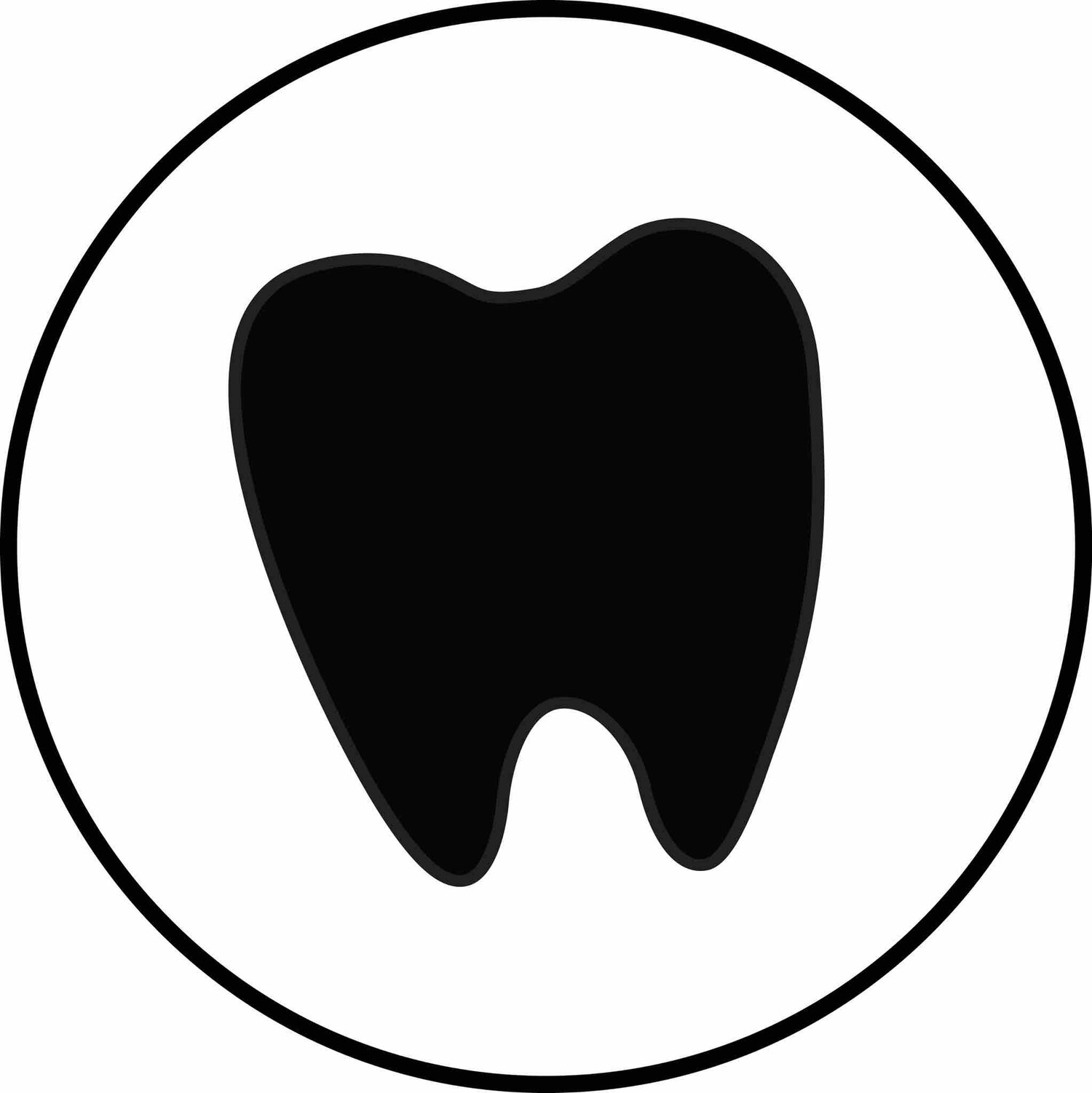Medical Emergency Kit Guidelines for the Dental Office
Have a bit of extra time this month of January in your office? Seeing more last minute cancellations or patient’s calling in sick after the holidays? This is the perfect time to look into some systems that may have been neglected in the crazy months of 2020. One of them you should look into is your medical emergency kit. Isn’t it funny how we never really think about it until we need it, and then it’s too late to stock up or to find out your products have expired? Take an hour to peek through it and see what’s missing or what needs to be replaced.
The ADA recommends a few certain products be part of a dental emergency kit for medical emergencies that happen in your office. However, each state’s regulations might be slightly different, so I’d recommend checking out your state’s dental board just to make sure you’ll legally including everything that’s required. Here is a list of some of the basics that most states recommend:
· Epinephrine 1:1,000 (injectable)
· Histamine-blocker (injectable)
· Oxygen with positive-pressure administration capability
· Nitroglycerin (sublingual tablet or aerosol spray; be aware of contraindications)
· Bronchodilator (asthma inhaler)
· Sugar (a quick source of glucose such as orange juice)
· Aspirin
Other items that could be very helpful in a medical emergency:
· Aromatic ammonia
· Blood pressure monitoring equipment
· CPR pocket mask
· Syringes
· Tourniquets
· High-volume suction and aspiration tips or tonsillar suction
In addition to having a comprehensive medical kit due to your state regulations and malpractice insurance recommendations, OSHA also has guidelines to protect workers in case of an emergency. These recommendations in a first aid kit are for 2-3 employees. If your office is bit bigger, it may be smart to have 2 kits set up in your office (like one at the front desk and on in the staff room).
· Gauze pads (at least 4 x 4 inches)
· Two large gauze pads (at least 8 x 10 inches)
· Box adhesive bandages (band-aids)
· One package gauze roller bandage at least 2 inches wide
· Two triangular bandages
· Wound cleaning agent such as sealed moistened towelettes
· Scissors
· At least one blanket
· Tweezers
· Adhesive tape
· Latex gloves
· Resuscitation equipment such as resuscitation bag, airway, or pocket mask
· Two elastic wraps
· Splint
· Directions for requesting emergency assistance
In dentistry, we honestly have lots of these things that we use on patients every day! But having them specifically separated out and designated for an emergency will make the running around and chaos of trying to find them around the office decrease.
So, how does your offices medical kit hold up?
Side note- let’s pretend you’re in a medical emergency situation and you notice a product you need to use is expired. Definitely not ideal, but still use it! It may still work, even after the expiration date. It’s better to use it and try, then to assume it’s bad and won’t be effective.

